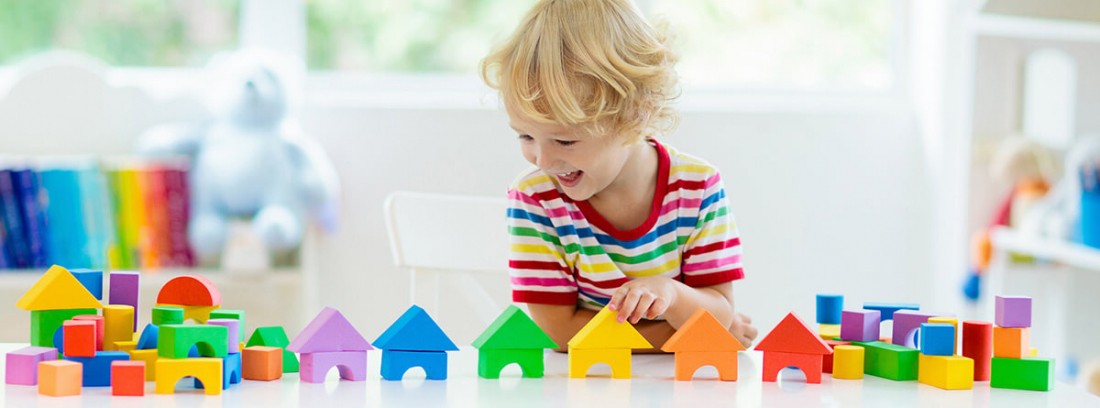Are plastic toys safe for children? Can they get intoxicated?

It is no news that some toys and contain chemicals.
In January 2021, a group of researchers from la, la and el conducted a comprehensive analysis of the substances present in plastic toys. Data were collected on the type of chemical substances used in the manufacture of hard and soft plastics and foams, the quantities used and their chemical characteristics to evaluate the possible risks to children's health.
The results have been published in the journal and have been of great impact since they found a large amount of potentially harmful toxins for children's health. Of the 419 substances tested, 126 harmful to children's health were identified.
It is understood as “harmful” when the estimated exposure doses exceed the regulatory reference dose (RfD) or the cancer risks exceed regulatory risk thresholds. The conclusions reached by the researchers is that these substances should be replaced by safer and more sustainable ones.
Toxic substances in plastic toys
Children in Western countries are exposed to a high amount of harmful chemicals since they have an average of 18 kg of plastic toys.
Mainly the risk lies in the spread of all the plastic toys that are in the room. Soft plastics cause greater exposure to these harmful substances.
- Phthalates: Several studies in animals link these substances with effects on reproduction and development (reduced fertility, reproductive toxicity and testicular toxicity), the hormonal and immune system or damage to the liver.
- Brominated flame retardants: Its potential toxic effects focus on its ability to act as endocrine disruptors and cause behavioral disorders.
- Plasticizers such as TXIB butyrate and ATBC citrate used as alternatives to phthalates, but just as harmful.
Recommendations for parents
It is difficult to make drastic decisions regarding the use of plastic toys, but the researchers recommend avoid using soft plastic toys and ventilate children's rooms daily.
Here you can find one.
International regulation
The results of this study encourage taking measures to take care of pediatric health and the “maximum acceptable chemical content”(MACC) for all reported substances found in plastic toys.
This information is intended to make decisions to develop homogeneous policies and consensus with manufacturers, something that is the responsibility of health authorities, governments and manufacturers. You need a serious and international regulation, as well as transparency in the labeling of the substances present in plastic toys.
- The main difficulty is the lack of international consensus on the substances banned or accepted for the manufacture of toys, the absence of regulation and the different ways of labeling in different countries.
- Soft plastics cause greater exposure to harmful substances and inhalation is the one that causes greater exposure to substances dangerous to health.
- A serious and international regulation is necessary, as well as transparency in the labeling of the substances present in plastic toys.
Pediatric specialist
(Updated at Apr 13 / 2024)